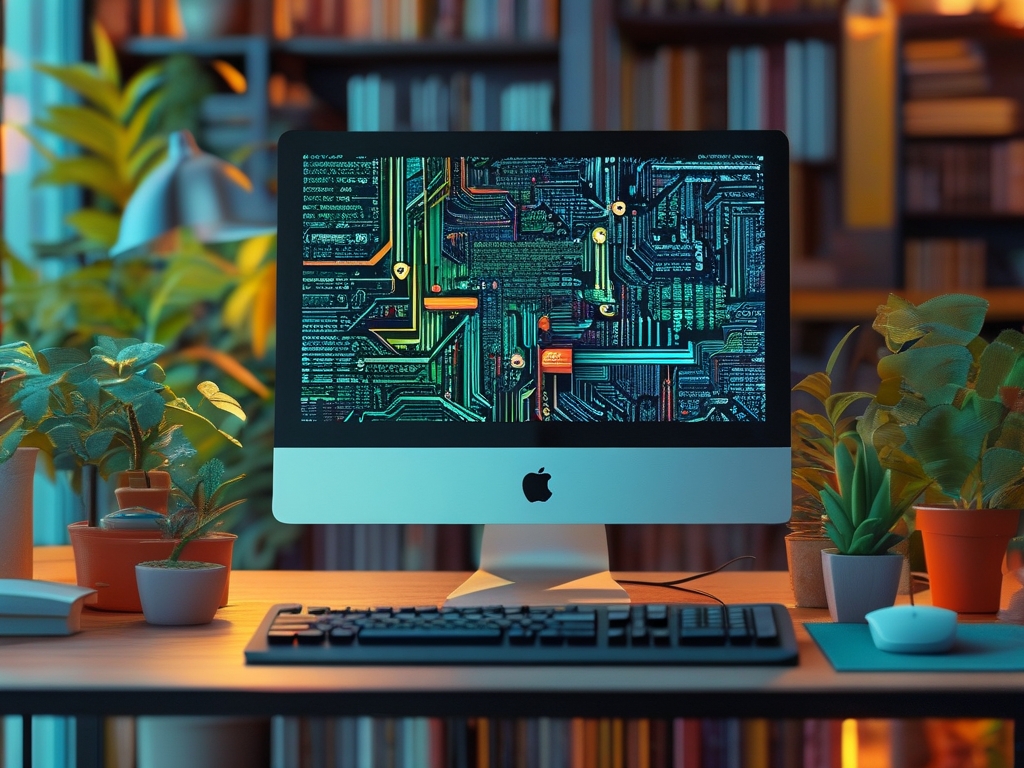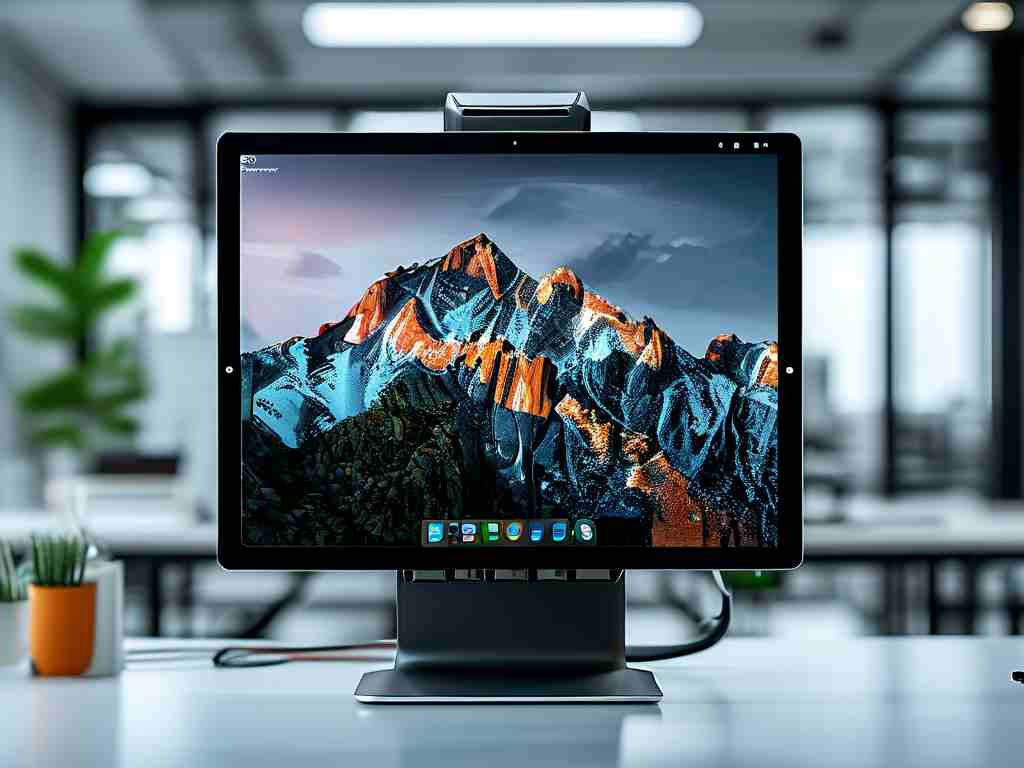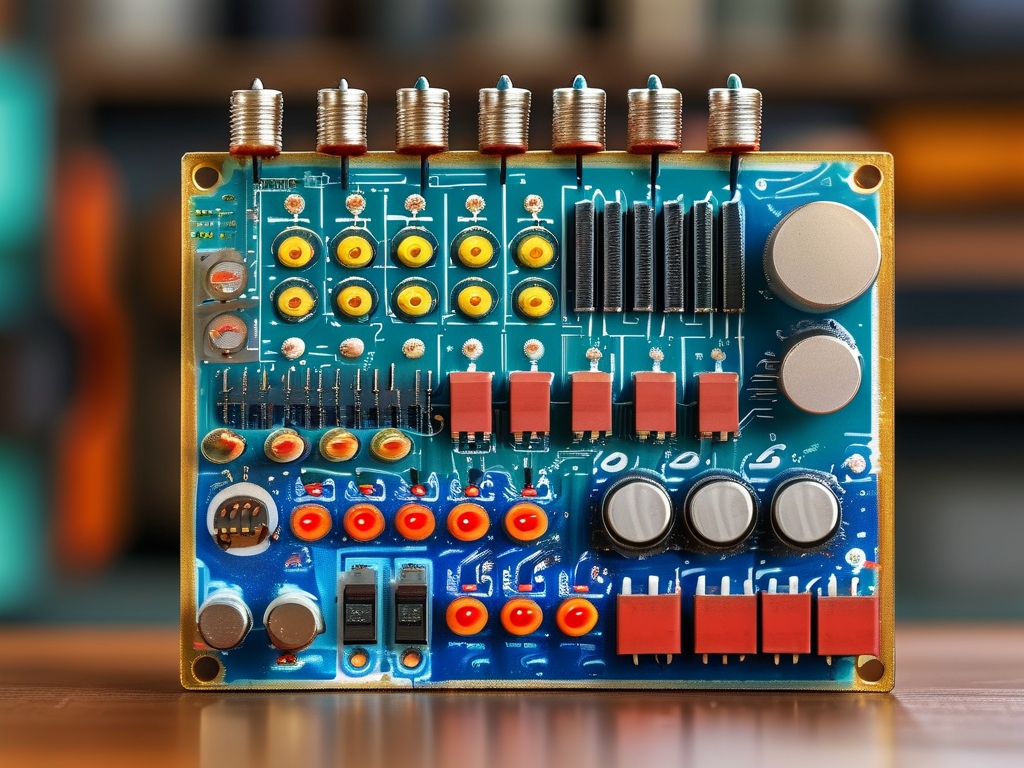In the rapidly evolving world of computing, memory expansion has long been a cornerstone of performance optimization. However, the idea that users can infinitely upgrade their system's memory is a misconception. While many assume that adding more RAM (Random Access Memory) is a straightforward solution to sluggish performance, modern computing architectures reveal inherent limitations. This article explores why computers often cannot scale memory capacity indefinitely, diving into technical, physical, and design-related constraints.
The Physical Limits of Hardware
At its core, a computer's ability to expand memory depends on its hardware design. Motherboards, the central hub of a computer, have a finite number of memory slots. For example, consumer-grade laptops often include only one or two RAM slots, while high-end desktops may offer four or more. Once these slots are occupied, further physical expansion becomes impossible without replacing existing modules with higher-capacity ones. This limitation is particularly acute in compact devices like ultrabooks, tablets, and smartphones, where space-saving designs prioritize portability over upgradability.
Moreover, memory modules themselves are bound by technological ceilings. DDR4 and DDR5 RAM sticks, for instance, currently max out at 64GB per module (as of mainstream availability). Even if a motherboard supports multiple slots, the total addressable memory is constrained by the CPU and chipset. For example, Intel's 12th-gen Core processors typically cap memory support at 128GB, while AMD's Ryzen series may extend slightly higher. Beyond these thresholds, the system simply cannot recognize additional memory, regardless of hardware installation.
Architectural and Firmware Barriers
A less visible but equally critical limitation lies in a computer's firmware and operating system. The Basic Input/Output System (BIOS) or Unified Extensible Firmware Interface (UEFI) governs hardware initialization, including memory detection. Older systems may lack support for newer, high-capacity RAM modules due to firmware limitations. For instance, a laptop manufactured in 2015 might not recognize a 32GB DDR4 stick released in 2023, even if the physical slot is compatible.
Operating systems also impose boundaries. A 32-bit OS, such as legacy versions of Windows or Linux, can only address up to 4GB of RAM-a ceiling rooted in binary addressing limitations. While 64-bit systems theoretically support exabytes of memory, practical implementation is restricted by licensing and hardware. For example, Windows 10 Home Edition limits RAM support to 128GB, whereas the Pro Edition extends this to 2TB. These artificial barriers mean that even if hardware permits expansion, software can render it moot.
The Rise of Soldered and Non-Upgradable Memory
Modern devices increasingly prioritize slim, lightweight designs over user-replaceable components. Apple's M1/M2 MacBooks, Microsoft's Surface lineup, and many premium Ultrabooks feature soldered RAM-memory chips permanently attached to the motherboard. This design eliminates expansion slots entirely, locking users into the memory capacity chosen at purchase. Manufacturers argue that soldering improves performance and energy efficiency by reducing physical connectors, but it undeniably sacrifices upgradability.

Similarly, smartphones and tablets rely on unified memory architectures, where RAM is integrated into the system-on-chip (SoC). This approach enhances speed and power efficiency but makes post-purchase upgrades impossible. For consumers, this means carefully selecting a device with "future-proof" memory-a challenging task given the pace of software demands.
Economic and Longevity Considerations
From a manufacturing standpoint, restricting memory expansion can drive planned obsolescence. Companies benefit when users replace entire devices rather than upgrading individual components. For example, a laptop with non-upgradable RAM may become obsolete within 3–4 years as applications demand more memory, pushing consumers toward newer models. This cycle contradicts sustainability goals but remains a reality in profit-driven markets.
Additionally, expanding memory isn't always cost-effective. High-capacity RAM modules carry premium price tags, and older systems may not fully utilize their speed or capacity due to bottlenecks elsewhere (e.g., slower CPUs or storage). Users might invest in 64GB of RAM only to find negligible performance gains if their workload doesn't require heavy multitasking or specialized applications like video editing or 3D rendering.
Alternatives to Physical Memory Expansion
When hardware expansion isn't feasible, users and enterprises turn to software optimization and alternative technologies. Virtual memory, which uses storage drives as temporary RAM, is a longstanding workaround. However, SSDs and HDDs are orders of magnitude slower than physical RAM, leading to performance trade-offs.
Cloud computing offers another solution. Remote servers with vast memory resources can handle intensive tasks, streaming results back to local devices. Tools like AWS EC2 or Azure Virtual Machines enable users to "rent" memory on demand, though this relies on stable internet connectivity and introduces latency.
Finally, memory management techniques-such as closing background processes, using lightweight software, or optimizing code-can mitigate the need for more RAM. Developers increasingly focus on efficient algorithms to reduce memory footprints, as seen in applications like Firefox Quantum or mobile apps designed for low-end devices.
The Future of Memory Scalability
Emerging technologies promise to reshape memory scalability. Non-volatile RAM (NVRAM), such as Intel's Optane, blurs the line between storage and memory, offering high-capacity, persistent data retention. Researchers are also exploring photonic memory and quantum computing architectures, which could revolutionize how systems handle data.

However, these innovations remain years from mainstream adoption. For now, users must navigate the balance between upgradability, performance, and practicality-a reminder that in computing, infinite expansion is often a myth rather than a guarantee.



